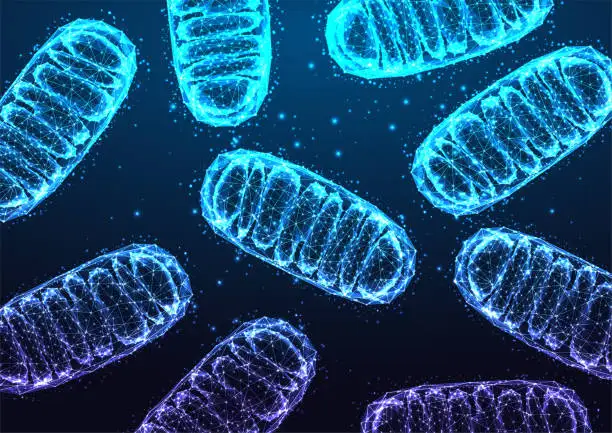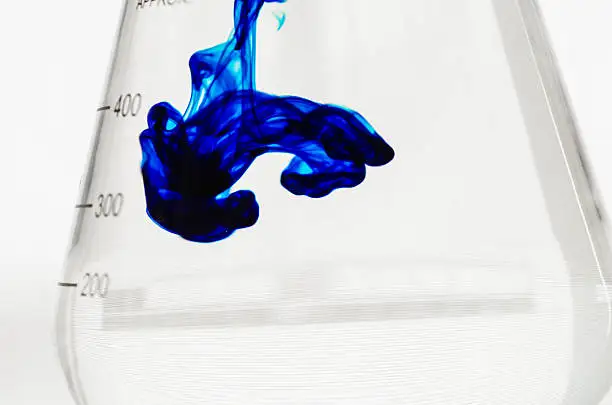For years, doctors had no idea that mold could wreak so much havoc in the body. In the 1990s and early 2000s, some medical circles even tossed around the term “mold hysteria” as if it were an overblown concern. But a lot has changed since then.
Mold and mycotoxin research skyrocketed in the 2000s. We now know that certain molds and their toxins can cause symptoms like fatigue, brain fog, and persistent neurological symptoms that make daily life a constant struggle.
At Boulder Holistic Functional Medicine in Boulder, Colorado, we specialize in mycotoxin-related illnesses and see the toll mold takes every day. Many of our patients have tried every cure in the book—supplements, detox protocols, specialized diets—with little to no relief. They come to us frustrated, sick, and out of answers.
Our approach is different: we help uncover the root cause and offer a wide range of treatments to support recovery.
Enter methylene blue.
What was once just a dye for blue jeans has evolved into a unique therapeutic tool with the potential to help those with fatigue, Lyme disease, and mold-related illnesses. Methylene blue can help you regain your energy, get rid of brain fog, and support your body’s natural detox systems—all of which are essential to fully recover from mold and mycotoxin exposure.
Keep reading to learn more about the medical uses of methylene blue and why it may be the saving grace for many who struggle with the effects of mold and mycotoxins.
What Is Methylene Blue?
Methylene blue has a long history of medical use. In fact, it was the first synthetic medicine ever designed. In the late 1800s, scientists figured out that the blue dye we use to color our jeans could be used to treat malaria. Today, you see it more in conventional medicine treatments for conditions like UTIs and methemoglobinemia.
At low doses, methylene blue can boost energy at the cellular level, fight microbes, and protect the brain. It’s these three benefits that make methylene blue a powerful tool for people with fatigue, Lyme disease, and mold-related illnesses.

3 Powerful Methylene Blue Benefits
In functional medicine, our goal is always to find and treat the root cause. With methylene blue, we may have found a way to do just that by treating mold and mycotoxin-related illness on a cellular level.
Here’s how it works.
1. Restores energy by giving your mitochondria a boost
Often, we can trace the chronic fatigue experienced by those with chronic Lyme and mold-related illness back to one unexpected culprit: mitochondrial dysfunction.
Your mitochondria is responsible for creating ATP which is the currency your cells use to store and transfer energy. ATP has a hand in many of your body’s essential functions, from lifting a bag of groceries to digesting your latest meal.
So, how does methylene blue support your mitochondria? It helps your cells make more ATP with less damage. It bypasses the parts of your cells that aren’t working and reduces the amount of damage done inside the cell during energy production.
For those with mitochondria dysfunction, methylene blue can be a gamechanger, giving them back their energy and helping their cells work more efficiently.
2. Supports a healthy brain and helps you think more clearly
Both Lyme disease and mold-related biotoxin illnesses trigger a strong immune response that often leads to inflammation in the brain. This inflammation can cause symptoms like brain fog, memory problems, and mood swings—especially if left untreated.
One of methylene blue’s key strengths is its ability to easily cross the blood-brain barrier—the protective shield around your brain. Mold toxins can cross this barrier too, triggering an immune response and inflammation. But methylene blue uses this ability to protect and heal instead.
Methylene blue supports a healthy brain by:
- Helping your brain absorb more oxygen and speeding up glucose metabolism
- Stimulating nerve growth factor (NGF), which supports brain healing and helps repair damaged cells.
- Acting as an antioxidant in the brain, reducing inflammation and shielding brain cells from damage.
There’s even early research into its role in delaying neurodegeneration in diseases like Alzheimer’s and Parkinson’s, highlighting its potential to preserve brain function long-term.
3. Helps your body fight off persistent infections
Methylene blue also has potent antimicrobial effects which means that it can help kill off the bad stuff: including bacteria, parasites, and other microbes that don’t belong in your body.
You need the antimicrobial properties of methylene blue to deal with tricky infections like Lyme disease. Borrelia (the bacteria responsible for Lyme disease) protects itself in your body with biofilm. These slimy protective layers trick your body into thinking the bacteria is gone when really it sets itself up for a nice long stay.
Methylene blue can get rid of the biofilm to get rid of the bacteria for good. It’s even effective at getting rid of co-infections, i.e. other bacteria that show up alongside Borrelia, including Babesia and Bartonella.
And while methylene blue doesn’t directly get rid of mold toxins, it strengthens your body’s natural detox pathways, mitochondria function, and immune system—critical pillars of healing from biotoxin exposure.

How We Use Methylene Blue in Functional Medicine
In functional medicine, we rarely use methylene blue on its own. Instead, we combine it with other powerful treatments to support whole-body recovery.
- Binders and antifungals for mold detoxification
- Antimicrobial botanicals or pharmaceuticals in Lyme protocols
- Mitochondrial support nutrients like CoQ10, PQQ, and NAD+ precursors
- Neuroprotective therapies like HBOT (hyperbaric oxygen), phosphatidylcholine, and lion’s mane
At Boulder Holistic Functional Medicine, we’re committed to getting to the root of your symptoms. That means identifying what’s really behind the fatigue, brain fog, or immune dysfunction. Whether it’s hidden mold exposure, tick-borne infections, or something else entirely—we’re here to help you uncover the truth and find the right treatment to suit your body and lifestyle.
Before You Try Methylene Blue…
Here are a few considerations for those interested in adding methylene blue to their treatment plan. As always, consult with a healthcare professional before adding or removing anything from your current treatment.
Methylene Blue Dosage
Methylene blue is typically taken in very low amounts—often called microdoses—usually starting around 0.5 to 4 mg per kilogram of body weight. Because dosing can be tricky, it’s best to work with a healthcare provider who knows how to use it safely.
Is Methylene Blue Safe for Humans?
While methylene blue is generally safe in low doses, there are important cautions:
- Avoid taking it if you’re on antidepressants like SSRIs or SNRIs, as it can cause a serious reaction called serotonin syndrome.
- Never use industrial-grade methylene blue—only pharmaceutical-grade forms are safe for people.
- Methylene blue is a dye, so it may cause blue urine or stool. This is totally normal and the dye itself is harmless in low doses.
Do you need to do red light therapy while taking methylene blue?
Methylene blue works well on its own, but some people pair it with red or near-infrared light therapy to boost its effects—especially when using it for infections or tissue healing. This isn’t required, but it can enhance the results.
Why I Love Methylene Blue
Methylene blue isn’t a miracle cure—but it is one of the most versatile and promising tools in our functional medicine toolbox. For those navigating the exhausting terrain of Lyme, mold, or unexplained fatigue, it can help reignite cellular energy, soothe brain inflammation, and restore a sense of hope.
If you’ve felt stuck despite trying “everything,” this brilliant blue compound may be the boost your body has been waiting for. Work with us at Boulder Holistic to see if methylene blue could support your recovery.







